By knowing where meteorites come from, we can protect the Earth from asteroid collisions.
After examining 10000 kilograms of sedimentary rock, a new study suggests that meteorites come from an unidentified region in the asteroid belt.

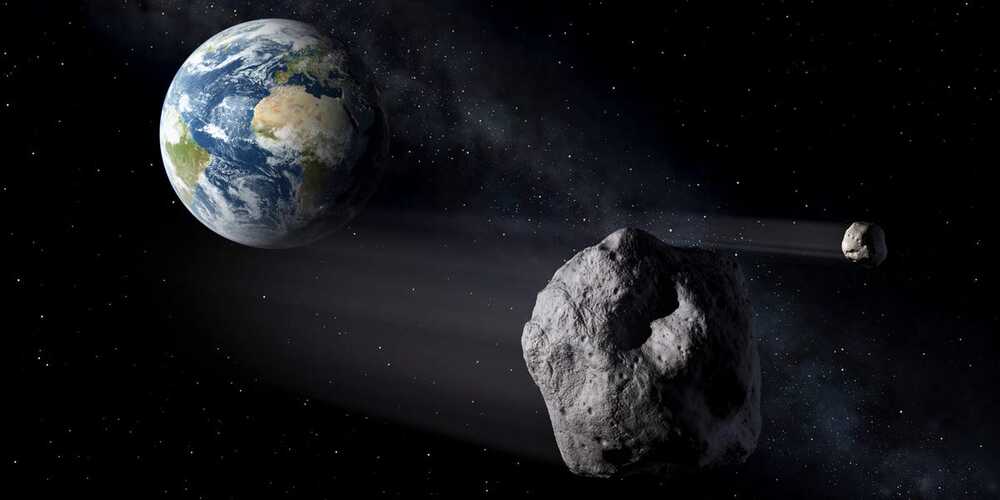
Scientists around the world have been bamboozled this week by a fictitious asteroid heading toward Earth.
A group of experts from US and European space agencies attended a week-long exercise led by NASA in which they faced a hypothetical scenario: An asteroid 35 million miles away was approaching the planet and could hit within six months.
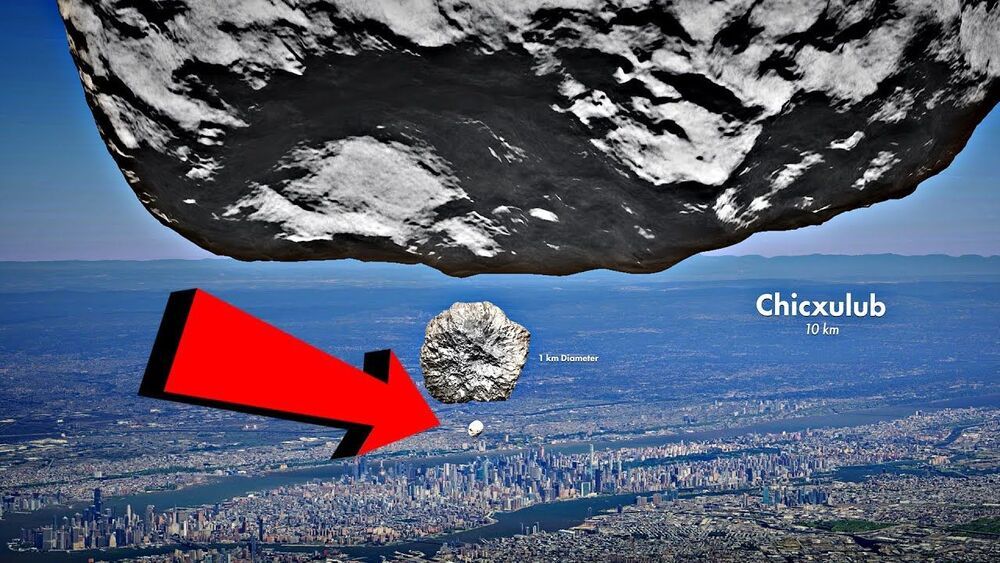
Stephen Hawking thought an asteroid impact posed the greatest threat to life on Earth. Thanks to Kiwico for sponsoring this video. For 50% off your first month of any crate, go to https://kiwico.com/veritasium50
For other potential world ending catastrophes, check out Domain of Science: https://ve42.co/DoS
Special thanks to:
Prof. Dave Jewitt from UCLA Earth, Planetary, and Space Sciences.
Prof. Mark Boslough from Sandia National Labs.
Scott Manley: https://www.youtube.com/user/szyzyg.
Ryan Wyatt at Morrison Planetarium.
Prof. Amy Mainzer.
Alexandr Ivanov for the opening shot of Chelyabinsk Meteor.
Maps of Asteroid Impacts —https://ve42.co/Map.
Time passing animation from Universe Sandbox — http://universesandbox.com/
Opposition Effect — https://ve42.co/Belskaya2000
Belskaya, I. N., & Shevchenko, V. G. (2000). Opposition effect of asteroids. Icarus, 147, 94–105.
Potentially Hazardous Asteroids — https://ve42.co/Perna2013
Perna, D., Barucci, M. A., & Fulchignoni, M. (2013). The near-Earth objects and their potential threat to our planet. The Astronomy and Astrophysics Review, 21, 65.
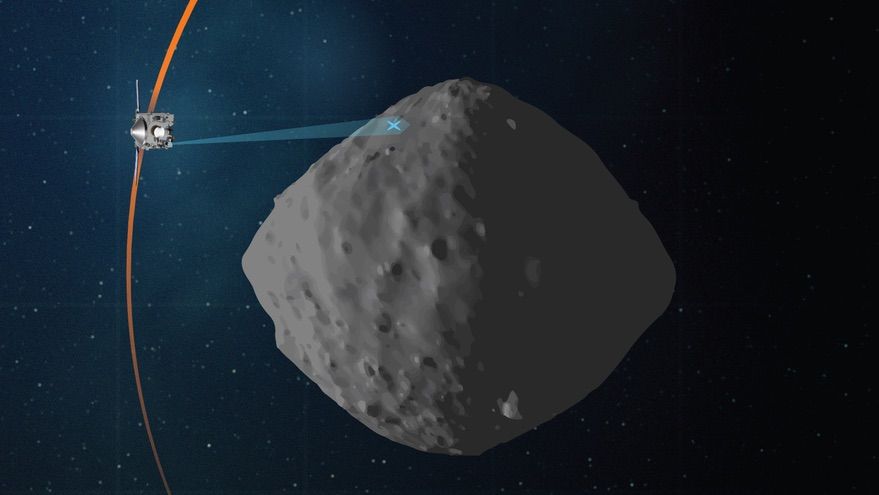
WASHINGTON — NASA’s OSIRIS-REx spacecraft will make one final close approach to the asteroid it collected samples from next week before heading back to Earth.
On April 7, the spacecraft will pass 3.7 kilometers above the location on the asteroid Bennu called Nightingale where, in October, the spacecraft briefly touched down and collected as much as several hundred grams of material, now stored in the spacecraft.
Immediately after that sample collection maneuver, the mission had no plans to return to the vicinity of Bennu. However, NASA decided to make a final pass over the touchdown site to see what changes the sampling made to the Nightingale region, like the creation of a crater.
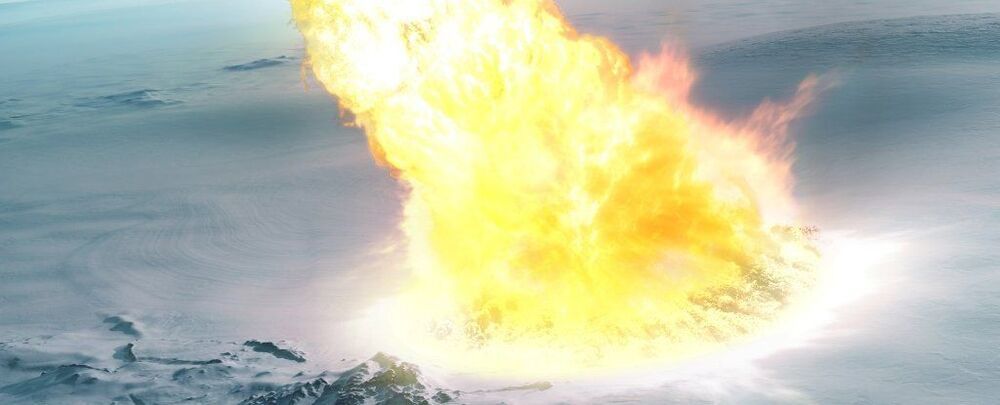
Approximately 430000 years ago, a meteorite exploded over Antarctica.
The only reason we know about it now is because scientists have just found tiny, once-molten particles of space rock that have been hidden away in the ice ever since.
Based on an analysis of those particles, the event was an unusual one — not quite powerful enough to produce an impact crater, but nor was it a lightweight. The jet of melted and vaporized material that blasted from the mid-air explosion would have been more hazardous than the Tunguska event that flattened a Siberian forest in 1908.
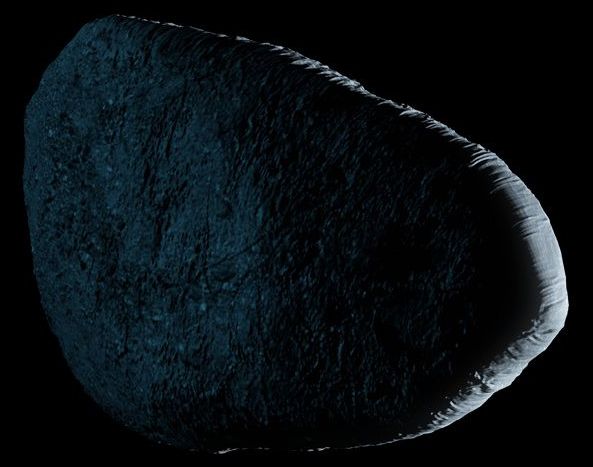
A collision between Earth and the asteroid 99942 Apophis can be ruled out, for at least the next century, based on new observations by NASA.
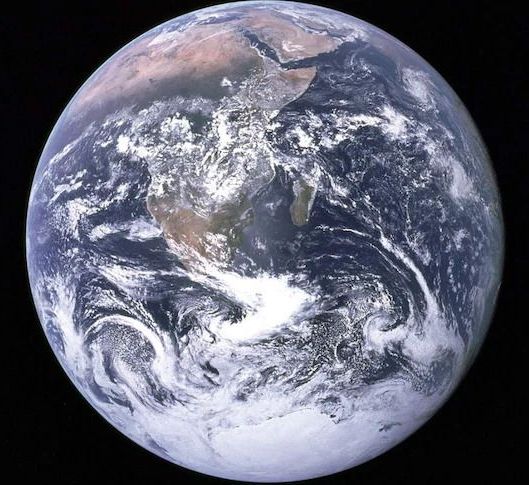

The interplanetary interloper won’t come closer than 1.25 million miles to Earth, but it will present a valuable scientific opportunity for astronomers.
The largest asteroid predicted to pass by our planet in 2021 will be at its closest on March 21, providing astronomers a rare opportunity to get a good look at a rocky relic that formed at the dawn of our solar system.
Called 2001 FO32, the near-Earth asteroid will make its closest approach at a distance of about 1.25 million miles (2 million kilometers) – or 5 1/4 times the distance from Earth to the Moon. There is no threat of a collision with our planet now or for centuries to come.
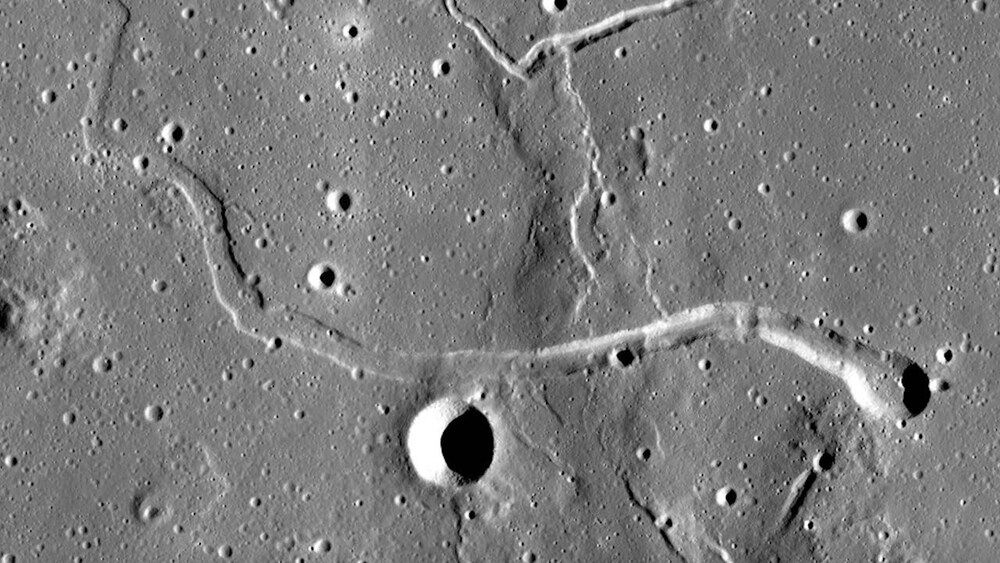
Earth is destined for disaster. This is a good insurance policy.
In 2013, a cataclysmic meteor the size of a six-story building broke apart above Chelyabinsk, Russia, and the resulting blast was stronger than a nuclear explosion. In 2068, astronomers believe a potentially hazardous “God of Chaos” asteroid could slam into Earth. Both events suggest humans—and every other animal and plant on Earth—are much more susceptible to total annihilation than we think.
That’s why scientists at the University of Arizona are proposing a far-out concept that just might save us all: a 21st-century version of Noah’s Ark … on the moon.
This ark wouldn’t contain two of every animal, but rather, a repository of cryogenically frozen reproductive cells from 6.7 million species on our planet.
